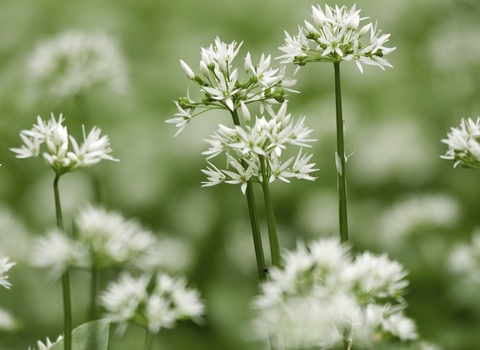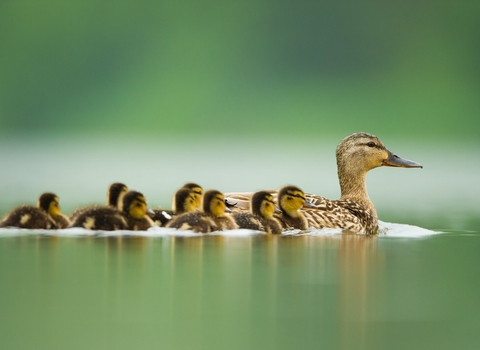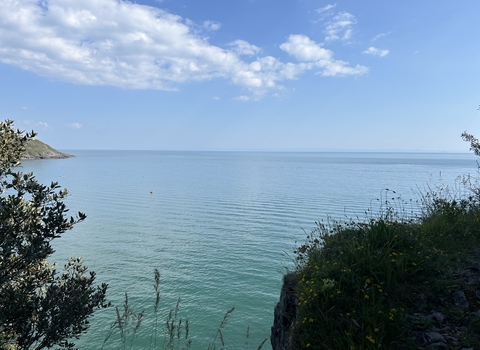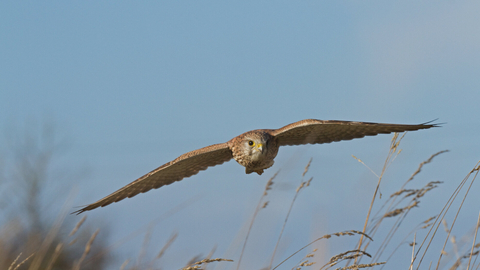
Kestrel - Russell Savory
The Elizabeth and Rowe Harding Nature Reserve, Ilston, Gower, Swansea
Location
Know before you go
Dogs
When to visit
Opening times
Open access reserve.Best time to visit
Spring and summer.About the reserve
The quarry was worked until the middle of 1966, and was at a very early stage of natural colonisation, when the Trust first took it over, with flowers such as Coltsfoot and Wild Strawberry. Mixtures of trees were planted by the Trust to enhance the naturalisation of the quarry floor and spoil heaps.
The quarry face is of national geological interest, notified as an SSSI, exposing alternate beds of crinoidal limestone with clays associated with thin seams of coal, a geological exposure unique in Wales.
Kestrels have nested on the quarry face. A pool was created on the quarry floor which holds water during wet seasons, but is now a shallow moss-filled scrape. Kingfisher and Grey Wagtail can be seen along the river just outside the reserve.
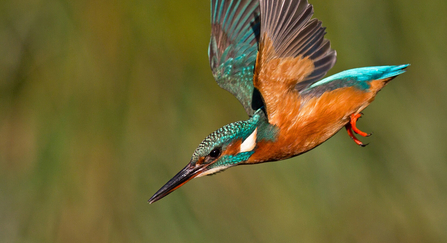
Malcolm Brown

